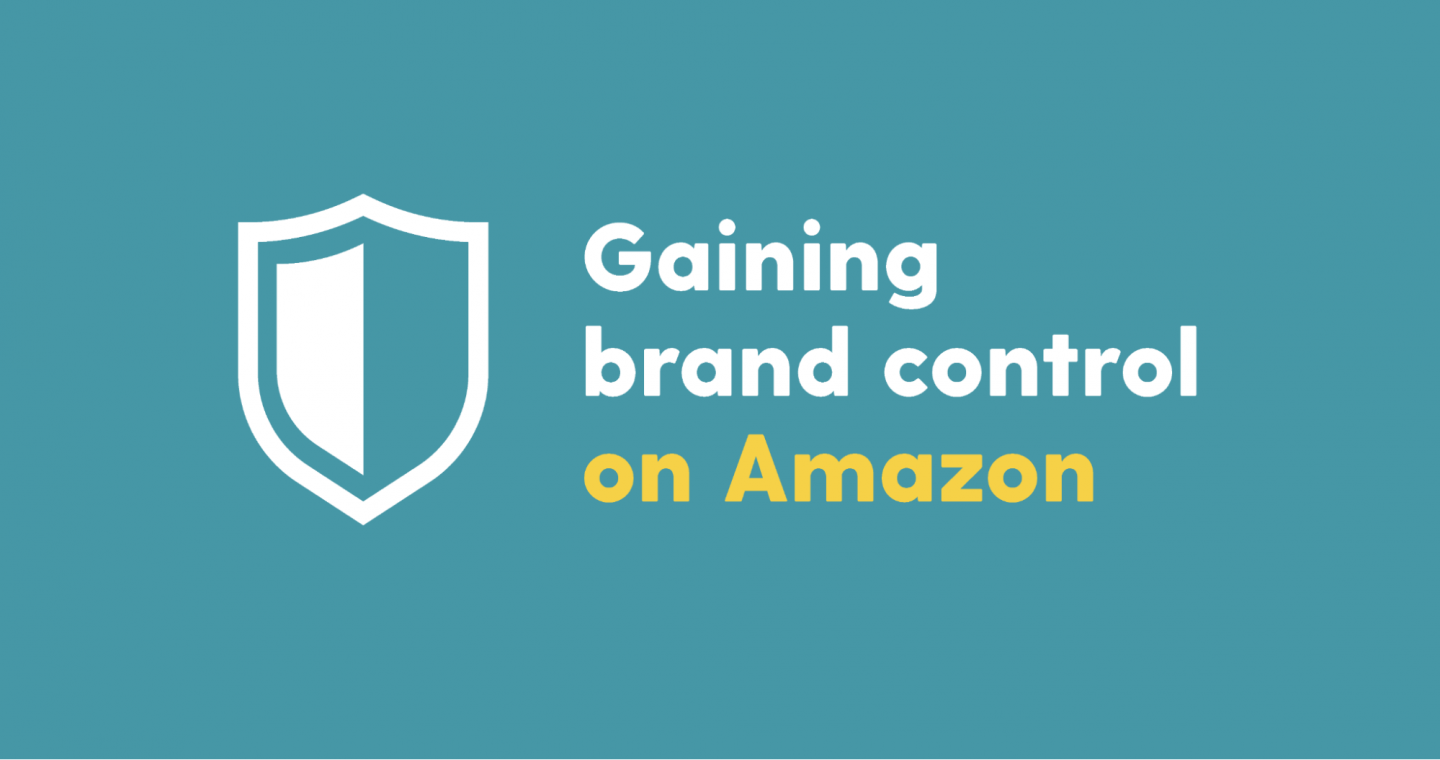Is Your Brand Fully Protected on Amazon?
In 2013, an emerging mushroom supplements brand, Host Defense, was beginning to grow in popularity. As its popularity grew, so did the number of rogue sellers that were selling its products on Amazon without the brand’s consent. Pricing violations and brand misrepresentation became common, and Host Defense started to feel the impact.
Fast forward to today and Host Defense has gone from a small brand with a lot of heart to the dominant player in the mushroom supplements industry. But if it weren’t for a full suite of brand protection actions—both from the brand and from our Netrush team—that growth may have languished, dragged down and diluted by unauthorized sellers.
Netrush was able to put together a distribution roadmap and develop a strategy for violation monitoring and enforcement that kept Host Defense fully in charge of its brand reputation, pricing strategy and distribution model.
Amazon brand protection issues like the ones Host Defense experienced are not uncommon. At Netrush, most of the brand safety aspects we deal with have to do with Amazon, third-party marketplaces and rogue sellers, but the issues can also include challenges such as trademark infringement and brand misrepresentation.
In fact, it’s possible that brand protection has never been more important than it is right now as consumers continue their reliance on online shopping, even as brick-and-mortar restrictions ease up post-COVID. Seventy-seven percent of brands say that brand safety is a key priority for their business.
The Foundational Playbook for Brand Protection
The good news is, when a brand makes brand protection a priority and takes action urgently and proactively, change can happen quickly. We've helped many of our partners achieve better than 90% brand protection within 60 to 90 days. There are three main ways we help protect brands at Netrush:
Building strong policies - We start by helping brands develop or fine-tune their authorized seller agreement, internet authorization agreement, and minimum advertised price (MAP) policy. Every action in a brand protection strategy needs to be backed by a strong set of policies and agreements that set the tone and give brands a foundation to build on.
Enforcement - Our team helps brands at both the marketplace and distribution level to take control of their brand and enforce their policies and agreements, including notifying and warning sellers about violations, working with Amazon to deal with marketplace policy violations, or identifying bad actors and cutting off inventory.
Monitoring, reporting, and data - Maintaining control requires persistent monitoring and maintenance. That means reviewing listings daily for violations, unwanted changes, or brand misrepresentation and promptly addressing issues as they arise.
Getting your house in order
It takes two to protect a brand. Even the best retail partner will have a hard time being successful if a brand isn’t making brand protection a priority.
Create internal alignment - Brand protection strategies and goals need to filter all the way through a company, from the C-suite to operational teams. Without alignment, teams are disconnected, goals aren’t communicated properly, and brand protection breaks down. For example, an external or internal sales team might not be aligned and open new accounts with problematic sellers on Amazon or Walmart, which undermines brand protection goals and strategies.
Fully map your distribution channels - Oftentimes, brands don’t know who their sellers are or which sellers are violating policies. Making the effort to fully map out distribution, sellers, and channels is critical and often the first step in tackling a pervasive brand protection problem.
Create rational distribution - Rational distribution is a well-thought-out distribution network that is designed to eliminate diversionary leaks. Brands should be thinking about who they want to work with and then align their channel strategy to incentivize and attract those sellers. A simple first step is to create an ideal seller to be passed to sales teams. Brands should also create applications for sellers, which can then be used to find out if sellers have acted against policies. Often the most simple distribution networks—meaning distribution networks with the least amount of steps to the end-user, the least distributors, or two-step sellers—are the easiest to police.
Questions to ask your brand protection partner
Shopping for brand protection? Kicking the tires of prospective partners can help your brand find the right fit, but you have to know the right questions to ask. Here’s a quick list that will put potential partners to the test:
What does your reporting cover? Amazon offers, inventories (1P), other marketplaces, social media?
Do you have a dashboard for metrics and protection actionables?
How do you communicate actions taken on behalf of my brand?
Will I have a dedicated Brand Protection expert? Do they conduct seller investigations?
Can I see an example of the brand protection reports you provide to brands?
Do you have templates or references for agreements, policies, terms & conditions, communications to sellers?
Do you conduct enforcement on my brand’s behalf? Is it automated or manual?
Are we ready for the future of customer-level enforcement and engagement?

